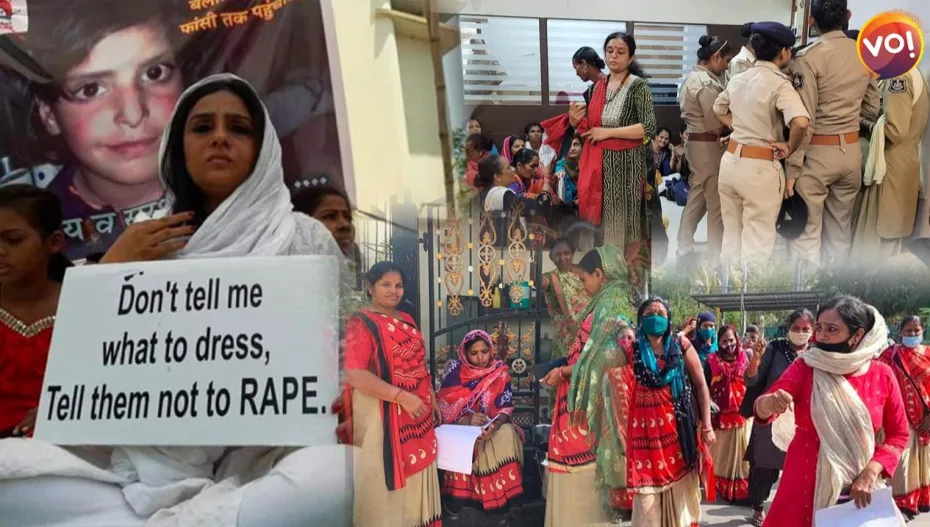The occasion dates back to 2017, ahead of the Gujarat Assembly Elections. Even as election campaigns were going on at full throttle, a parallel movement by Asha (Accredited Social Health Activist) workers was gaining momentum across the state.
Asha workers mobilise communities towards local health planning through utilisation and accountability of existing health services.
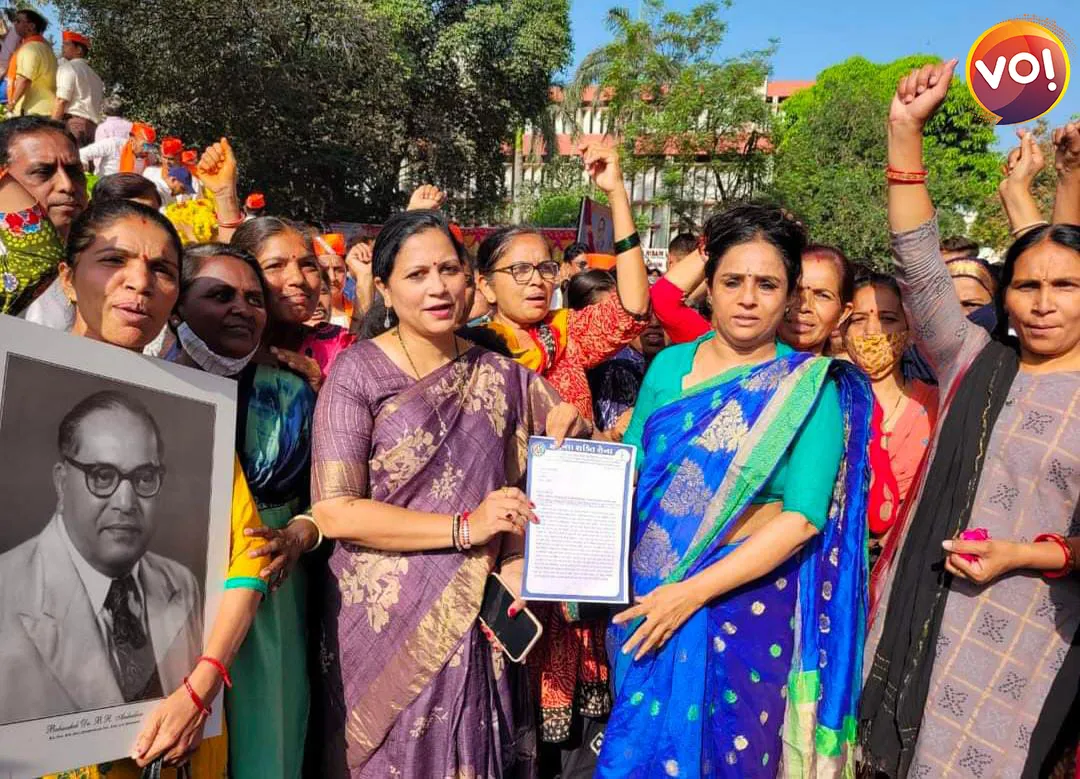
Interestingly, the face of this campaign, Chandrika Solanki, wasn’t even an Asha worker. But this woman epitomises the voice and spirit of Gujarat.
Moved by the plight of Asha workers, she led the crusade against wage disparity even at the cost of her government job. For the unversed, Asha workers draw a salary of Rs 2,000. In certain cases, the wages are in the range of Rs 5,000 to 7,000. Rs 500 is offered as an added incentive.
Full-time employment, salaries as per the 7th pay commission, proper identity cards, benefits of maternity leave, fixed working hours, promotion as female health workers and a 5% reservation in government-based recruitments were part of their demands.
Finally, the state government had to accede to the demands. Asha workers received a raise in salaries along with other facilities as an acknowledgement of their selfless contributions to healthcare systems.
With five state ministers around, Solanki held a press conference to address the grievous issues of Asha workers and why their expectations weren’t unreasonable. Despite not being in the best of health – Solanki was undergoing treatment in a local hospital in Vadodara – she chose to attend the media briefing in Gandhinagar with a needle bar inserted in her arm.
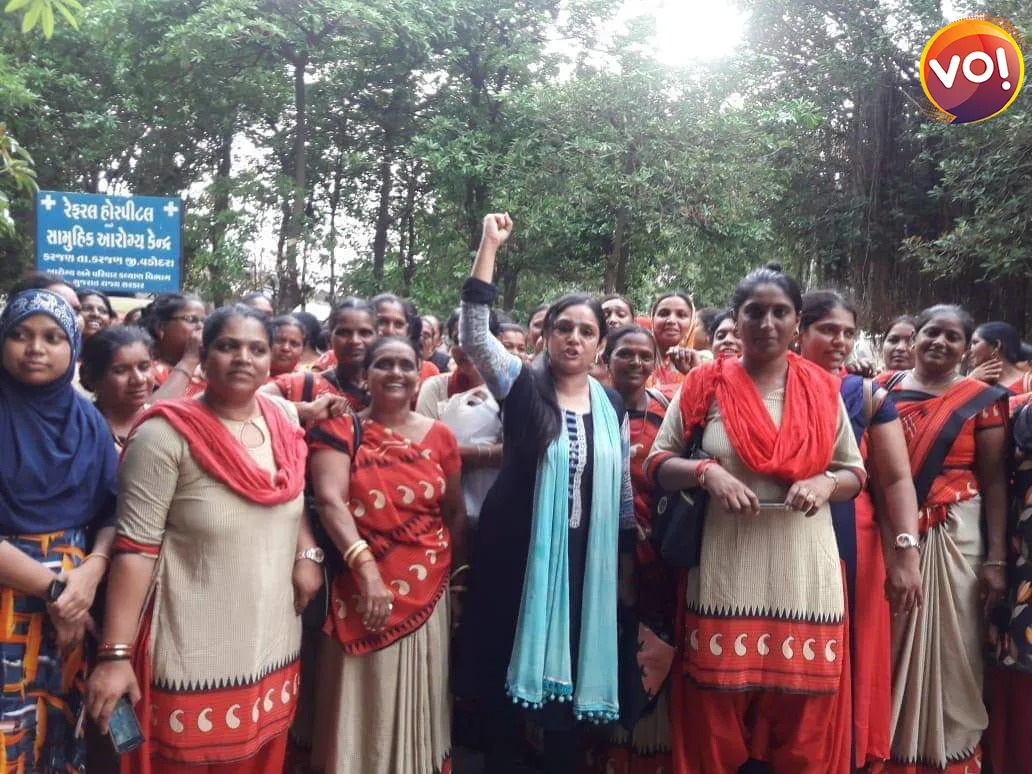
A teacher by profession and known for her vociferous personality, Solanki (45) once threw bangles at the convoy of Prime Minister Narendra Modi during his visit to Vadodara five years ago.
As a consequence, she lost her job and coped with police brutalities. Countless cases were registered against her for fanning protests and agitations.
A native of Nadiad, a city in Gujarat’s Kheda district, Solanki joined Gujarat’s Primary Education Department as Vidya Sahayak (learning assistant) at Rs 45,000 as a basic salary. Given her qualifications – she is an MA-M.Ed – Solanki could’ve enjoyed a stellar career. But her world changed when she saw a presentation on the economic exploitation of these workers. Determined to fight for their rights, she became their leader and voice in 2016.
In 2016-2017, nearly 45,000 Asha health facilitators worked across the villages on behalf of the Health Department of Gujarat. They supervised health services for pregnant and lactating mothers and were paid an honorarium by the state government.
“I started this movement since Asha workers used to visit my place to share their daily experiences. Back then, I was working as a primary school teacher in Sankheda,” she told the Vibes of India.
Relating to her struggle, she said, “The salary I earned wasn’t enough to bear my regular expenses. Asha workers, who would work like other employees at the Health Department, were not given their remunerations and other facilities. They were offered only incentives and an honorarium. Touched by their stories, I decided to give voice to their movement.”
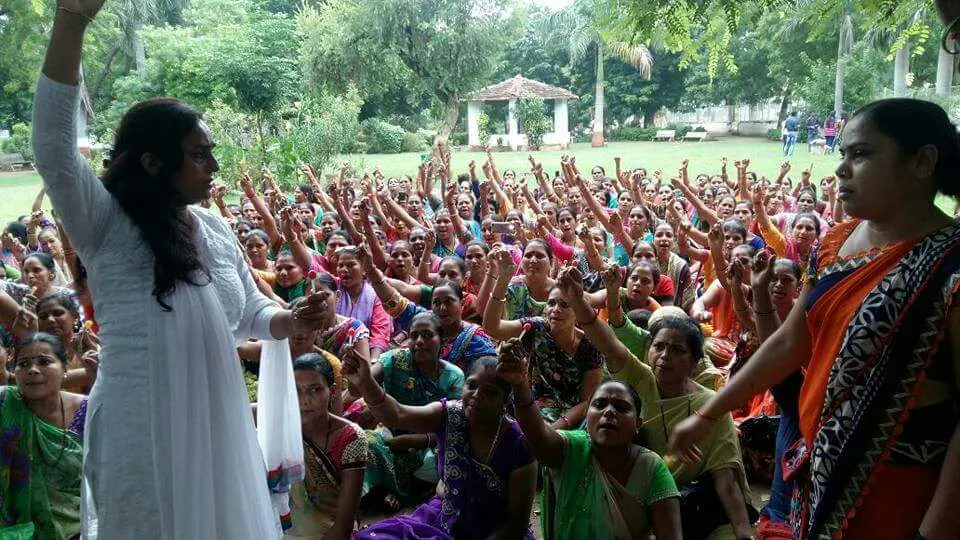
“Among all the Asha workers I knew, hardly any of them was a graduate. During these agitations, I met workers who were not even aware of their district headquarters.”
She shared her experiences on how the campaign gradually became intense.
“Just five workers had attended our first meeting. Later, when we held our rally on January 1, 2017, near Akshardham in Gandhinagar, around 30,000 Asha workers showed up from across 28 districts.
“Today, nearly 35,000 workers are associated with our organisation. I have visited each district at least eight times since 2016 for campaigns.
“Finally, the state government had to consider our genuine demands. Former deputy Chief Minister Nitin Patel announced a 30% hike when I proceeded on fast-unto-death at Sankalp Bhoomi in Vadodara district,” she said, adding that the government subsequently announced a Rs 50,000 hike for Asha workers.
She recounted the trials and tribulations, especially while dealing with the police. “Whenever any Chief Minister or the Prime Minister visited Vadodara, the police used to reach my residence and take me to custody. It was normal practice,” she said.
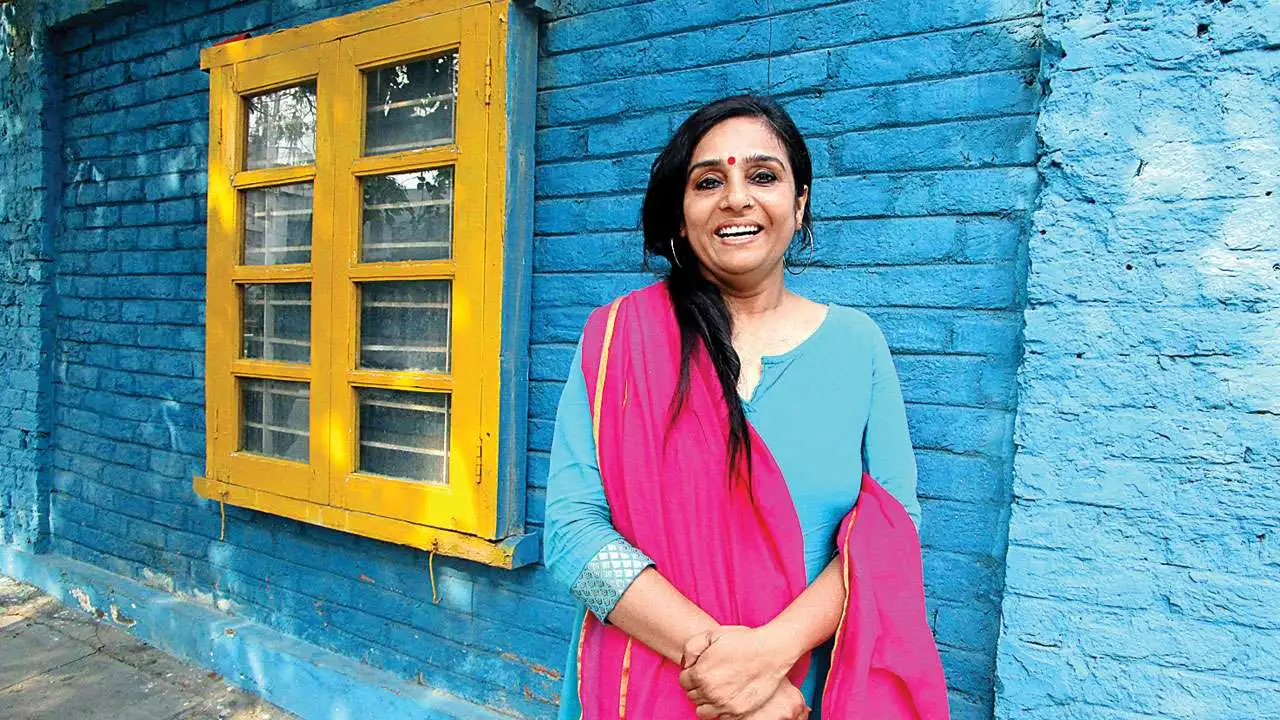
“One afternoon around 2:30,” she recalled, “Vadodara’s Crime Branch team arrested my brother and me. Once, I was severely injured as the police tried to stop our campaign. I faced charges of violation, but we were never scared.”
Over a million Asha workers promote health services across India. During the COVID-19-pandemic, Asha workers became immensely vulnerable, for they took risks and checked on the health of people by visiting their homes.
According to conservative estimates, one Asha worker caters to nearly 1,500 people around her area, but the numbers are higher.
An eventful life so far:
- Suspended from service in 2017 with a notice of negligence on duty
- Charged for holding a protest in Gandhinagar in 2016, demanding a 30% hike in salary
- Proceeded on fast-unto-death in Vadodara in April 2017
- With the pressure mounting on the government, the then deputy Chief Minister Nitin Patel increased the incentives of Asha workers by 50%
- On August 30, 2017, the goverment announced an assured amount of Rs 5,000 to each Asha worker across the state
On the personal front:
- She was a teacher in a government school at Kotali village
- Won the ‘best teacher’ award in 2016 during a programme held at a local village in Surendranagar district
- The then Chief Minister of Gujarat Vijay Rupani felicitated her for contribution to the field of education in rural areas
- A divorcée, she has custody of her daughter


